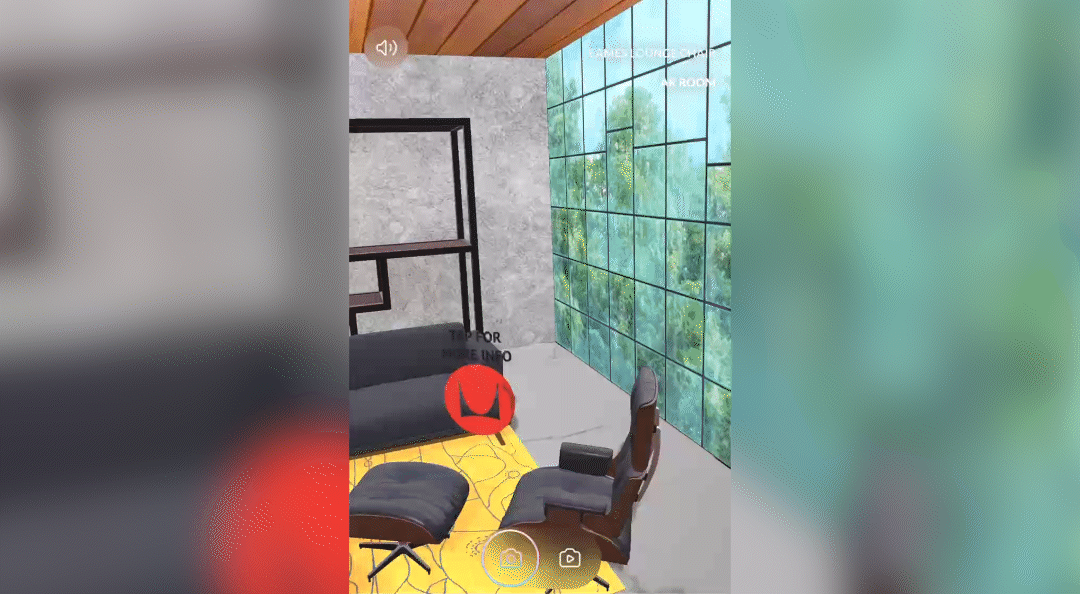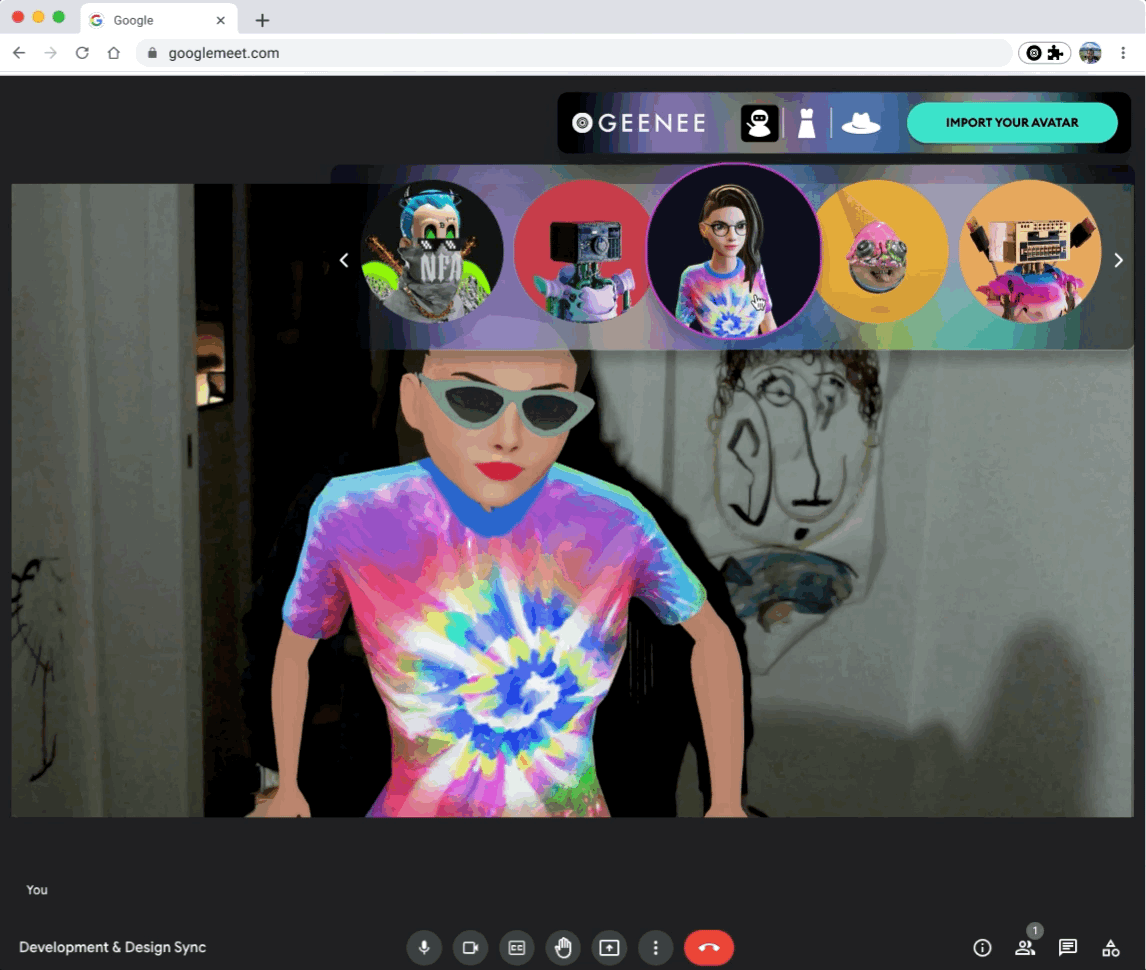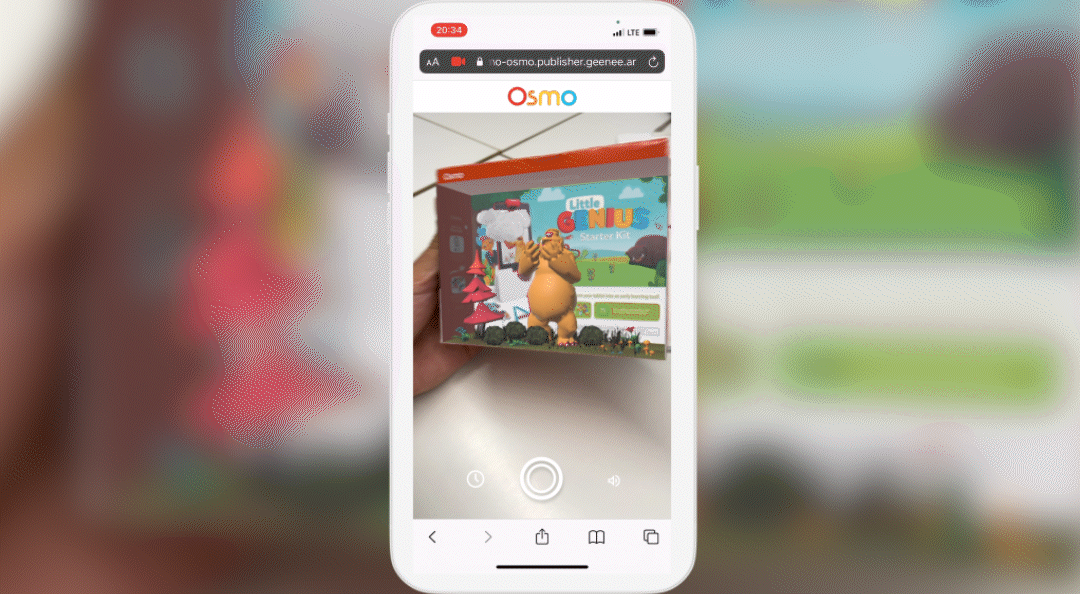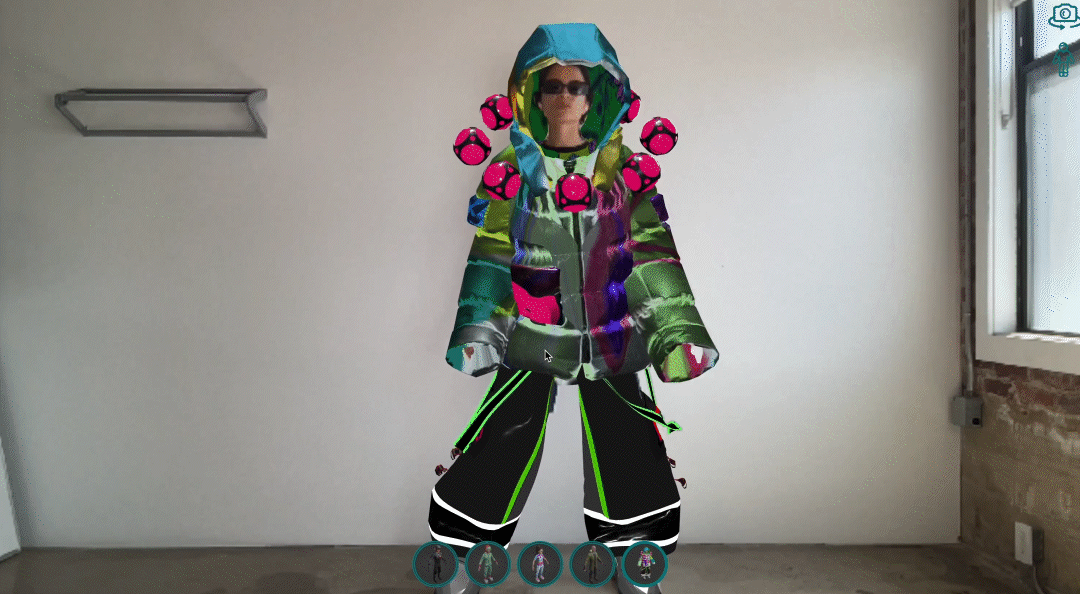Produce less waste by producing more WebAR Experiences
This Earth Day, we’re reflecting on the role that XR and Web3 technology can play in preserving the environment for future generations. Specifically we’ll focus on WebAR, or Augmented Reality that’s accessible from any mobile or desktop browser. WebAR is the quickest and easiest way to create AR, especially with no-code solutions like Geenee WebAR Builder. Not only is WebAR an effective marketing tool to boost engagement, awareness and conversion, but it has the power to combat climate change. From product packaging to video calls, AR helps reduce emissions by avoiding waste, travel, and excess production.
Below are 7 ways WebAR technology has the power to help save the planet:
Reduce Waste in Early Planning & Design Stages
AR is a powerful tool when it comes to true-size visualization. No-code solutions like Geenee WebAR Builder make it easier than ever to publish AR experiences with minimal development time. Users can view realistic models in AR, and iterate designs in advance of production. This decreases the rate of costly errors that create material waste. Inevitably this leads to more sustainable outcomes when it comes to physical goods, architecture, real-estate, and even city planning.
 Minimize Transportation Emissions
Minimize Transportation Emissions
AR and VR technologies are powering immersive worlds and experiences that feel nearly akin to real life. Now you can enter into immersive environments from the comfort of your home. You can connect with the most important people in your network while cutting down the need for gas-guzzling transport. Traveling a little less often for work or play is guaranteed to have a positive impact on carbon emissions.
 Evergreen Packaging
Evergreen Packaging
Sustainable packaging is top of mind for environmentally conscious brands and consumers. While many brands are doing their best to reduce materials and eliminate plastics, WebAR can boost efforts even further. WebAR makes it easy to swap out content without the need to reprint. This means brands can deploy product updates or fix mistakes like typos in a matter of minutes, and the original packaging won’t become outdated.
 Refreshed Product Experiences
Refreshed Product Experiences
When it comes to packaging and even the products themselves, WebAR offers increased utility and engagement, and thus a longer shelf-life. You can breathe new life into existing physical goods through your AR content. Whether that’s turning the inside of a toy box into an interactive diorama or adding animated AR tutorials to instruction manuals, creative opportunities abound.
 Fast Fashion Goes Digital Only
Fast Fashion Goes Digital Only
Companies like DressX and The Dematerialised are highlighting the damage that fast fashion causes the environment, and are offering a more sustainable solution: garments and goods created and sold only in the virtual world. Paired with Geenee AR full-body tracking SDK, consumers can now wear their digital garments in WebAR in real-time. As technology continues to advance, we predict an overhaul of the entire fashion supply chain, from sampling to production to an overall reduction in waste. Entire industries will be built around virtual closets, making disposable retail a relic of the past.
 Add A Layer of Sustainability To On-Chain Art
Add A Layer of Sustainability To On-Chain Art
When NFTs went mainstream in early 2021, sustainability advocates loudly voiced their concerns around the negative environmental impact. While it’s true that traditional modes of transporting, displaying, and preserving fine art have never exactly been carbon neutral, pioneers in the NFT space agree we can do better. Companies like Starkware and Immutable X are working to create an environmentally-friendly art market on the blockchain. Adding WebAR to the mix only enhances sustainability. With Augmented Reality, owners can display their NFT Art with the scan of a QR or click of a URL, no matter where they are in the world.
 Education Through Virtual Storytelling
Education Through Virtual Storytelling
Aside from the real deal, there is nothing more hands-on than a WebAR learning experience. It’s easy to deploy interactive WebAR lessons at scale simply by sharing a link. Users can study in WebAR no matter where they are in the world. With WebAR you can update digital lesson plans over time, making it seamless to introduce new information as students advance in grade level. Not only does this help democratize information, which is generally good for the planet, but from an environmental perspective, this vastly cuts down on the need to print or reprint physical books.
 Want to reduce your carbon footprint by incorporating WebAR into your business? Sign up for Geenee today to start building!
Want to reduce your carbon footprint by incorporating WebAR into your business? Sign up for Geenee today to start building!

 Evergreen Packaging
Evergreen Packaging Refreshed Product Experiences
Refreshed Product Experiences  Fast Fashion Goes Digital Only
Fast Fashion Goes Digital Only Add A Layer of Sustainability To On-Chain Art
Add A Layer of Sustainability To On-Chain Art Education Through Virtual Storytelling
Education Through Virtual Storytelling 